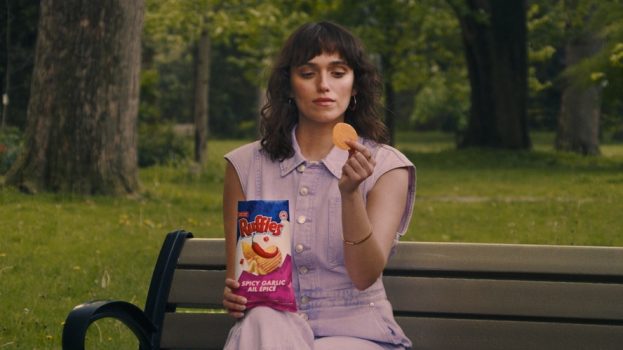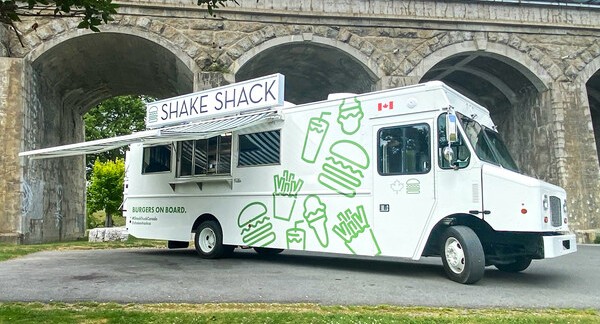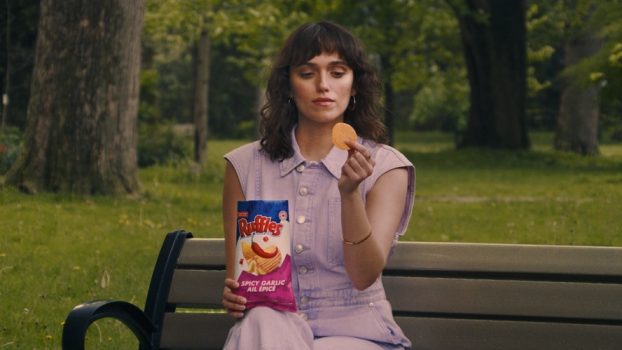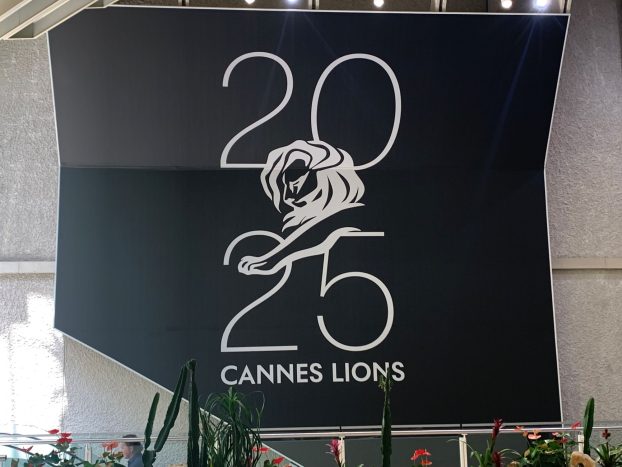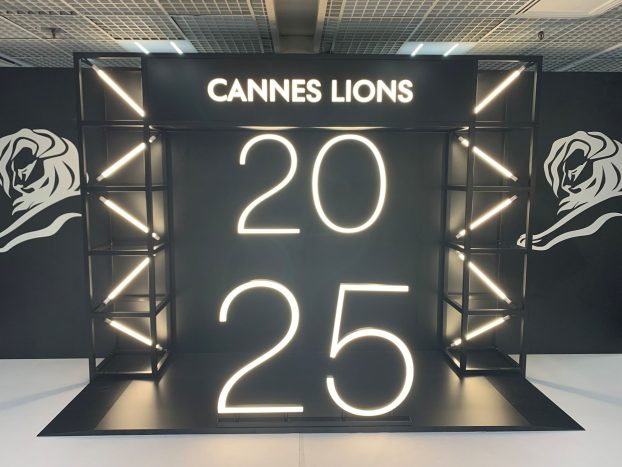
Although single Canadians are currently stuck physically distancing, Bumble wants them to know dating is still an option.
“This is a piece of a plan to make people feel connected and showing them that, ‘yeah, things are different, but, we can still have some normalcy with dating,’” says Meredith Gillies, senior marketing manager at Bumble Canada. “Everyone’s kind of missing that human connection, and people can feel a little bit lonely. Dating is such a big [part of] people’s lives when they’re single…we do have an interesting place in that, because we can facilitate these connections.”
Gillies says Bumble Canada pivoted most of its marketing strategy to highlight virtual connections right now – focusing on in-app product features such as voice notes, video chat and virtual dating badges that let your matches know that you’re open to virtual dates.
One batch of new creative – created by production house Sophomore – consists of four videos of people taking their text-based conversations to video chat, ranging from a man and a woman playing the drinking game “Never Have I Ever” to people who met on friendship-focused “Bumble BFF” talking about actor Zac Efron. A second, more brand-focused batch utilizes user-generated videos to show the end result of what a match on Bumble could look like – namely, couples at home, doing things like serenading each other and goofing off in bed.
Video chat usage has surged during the COVID-19 pandemic. Bumble Canada previously reported a 56% increase in video calls during the week ending Mar. 27, compared to the previous week. Gillies tells strategy that for the week of May 1, Bumble Canada saw a 71% increase in video calls.
Gillies says Bumble has had video chat for more than a year, but it hasn’t been the subject of much marketing. That has changed in the era of COVID-19, as the “meet” part of its “date, meet, network better” slogan has been taken off the table, even though users are still hungry to create new connections.
“Right now, connecting digitally is super important,” she says. “It’s just [part] of the larger Bumble brand, and we want to offer product features that help them during a time where they want to make connections, but can’t meet in-person.”
The fact that Bumble is an app where women control the connections has made safety a major part of what differentiates it from other apps, as have other features; before the pandemic, video chat was promoted as a tool that allowed people to see each other face-to-face without having to exchange personal information.
“I think, for the foreseeable future, we will continue to highlight the virtual dating opportunities in the app before we ever promote meeting again,” she says. “I think we’re just going to continue to look to our governments to kind of guide where that is.”
Chelsey Burnside, co-founder and creative director at Sophomore, says this is “batch one of three” it is producing for Bumble – which will total 12 social ads. She says all of the Q2 social creative had been signed off on and were in preproduction when the pandemic hit, requiring a nimbleness
“The past two months have been all about speed over perfection, and we quickly learned we can’t be too precious about creative,” she says. Once the spike in video calls happened, those ads were made with a cast of both friends and complete strangers, all of whom were non-actors. The second batch all feature similar themes from the ads that had previously been approved, but with user-submitted videos of real couples to show that the ideas were still relevant when stuck at home.
The campaign will appear on Facebook, Instagram, Snapchat and TikTok. Gillies says it will run “until further notice.” The target audience for this campaign is men and women across Canada, ages 19 to 37, though the core of the target skews to the younger end of that range.


